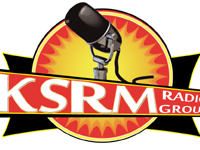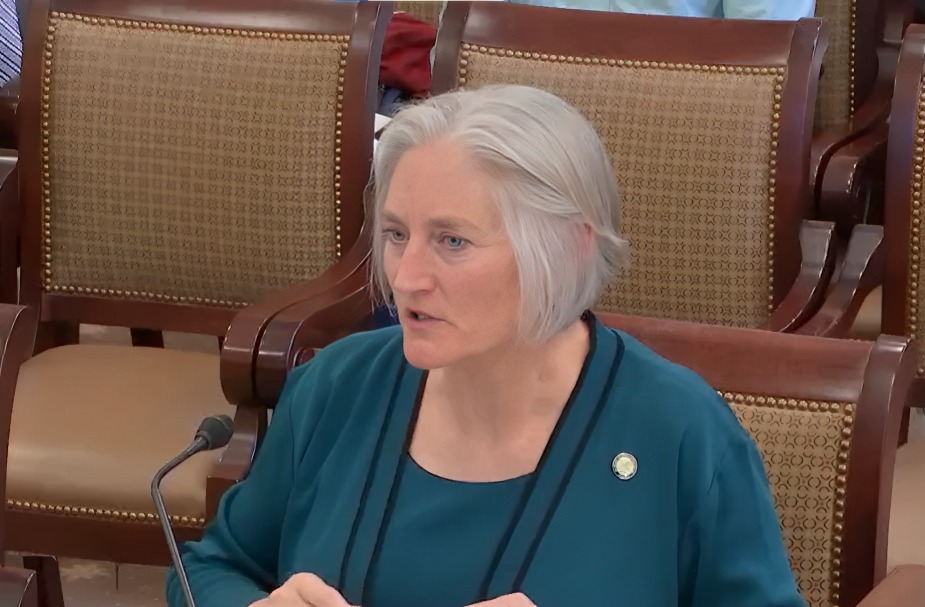During a hearing before the Alaska Senate Education Committee, Representative Rebecca Himschoot (I-Sitka) explained why House Bill 69 (HB 69) is needed as an education funding bill to help address the problem of the state’s public schools having flat funding.
Himschoot highlighted the need to increase the Base Student Allocation (BSA), the main funding subvention for Alaska’s school districts, to take inflation into account and thus to ensure the financial sustainability of the schools.
“As we go through the bill today, we are going to talk about some of the impacts of what has been basically flat funding,” Himschoot said. “It’s always important to recognize the one-time funds the legislature has provided to our school districts, they have always been grateful for, but the BSA is where it’s really at. The BSA is our chance to give the best support to our school districts.”
Glancing At Flat Funding And Inflation
According to Himschoot, Alaska has had the wrong way of funding education. Over the past several years, inflation has risen by nearly 40%, while the increase to the BSA has been less than 7%. “We as a legislature have had pretty much a failed policy in school funding,” Himschoot stated. “The issue we were actually trying to address with House Bill 69 was the problem of flat funding in the BSA. Money outside the BSA is not as likely to make it to the classroom or may not make it to the classroom at all.”
HB 69 first aimed at restoring the BSA’s purchasing power to the level of fiscal year 2011. This would mean a significant increase of about $1,808 per student. The bill had initially proposed to stretch this increase over three years, with $1,000 additional per student this year and then with inflation proofing. But the bill that is before the legislature today is not the same bill that was first introduced.
“This is not the bill I started with,” Himschoot admitted. “As things were added into the bill, I’ve done my best to keep up with.”
The Implications of Underfunding Schools
Another major challenge that is associated with insufficient school funding is the growing teacher shortage. On the first day of school in 2025 there were 600 unfilled certified teaching positions statewide.
In response, Alaska school districts have turned to emergency teaching certificates and even international hires. “Our districts have not been able to keep up funding-wise,” Himschoot said. “Teachers’ salaries in Alaska have fallen behind the national average. Just a couple of weeks ago, we found out in a new study we are about 25 percent behind.”
Low wages have made it difficult for Alaska to compete for and retain quality teachers, which only adds to the vacancy issue. Also, some uncertified teachers are being hired and put in classrooms without mentor teachers, something that worries education advocates.
Amendments And Policy Additions
HB 69 has been substantially altered through hearings and numerous public testimony sessions. Himschoot pointed out that the House Education Committee received more than 800 emails on the bill, approximately 90 percent of which were in favor.
New provisions have also been included in the bill to include;
- Open Enrollment: This bill would allow parents to enroll their children in schools within the same district but not within the child’s designated attendance area. The enrollment would be done through a random draw and the families would be responsible for the transport of their children to and from school.
- Charter School Provisions: The bill increases the authorization and renewal of charter schools, simplifies the reauthorization of high-performing schools, and creates a charter school coordinator to help with regulatory compliance.
- Accountability Reporting: HB 69 transforms student assessment standards from proficiency to growth models to offer a more holistic view of the student’s learning development.
- Cell Phone Use in Schools: The Department of Education would issue guidelines on the development of school district policies on student cell phone use. Reading Incentive Grants: It also establishes a one-time $450 incentive for students in grades K-6 who meet reading proficiency or show improvement.
- Early Passage of Education Funding: The bill requires that education funding be approved earlier in the legislative session to avoid the uncertainty that school districts face when budgeting for the following year.
The New Focus on Student Assessment
One of the most notable policy changes in HB 69 is the removal of the use of proficiency rates to determine students’ achievement.
“A test is not the same thing as a barometer or thermometer,” Himschoot explained. “You don’t come up with one score and that is it, that is what you know about that kid. A test is a single point-in-time assessment of that student. The very next day, if a student has experienced something difficult—say, they didn’t get enough sleep, or they didn’t eat breakfast—they could be completely different.”
To this end, the bill aims to offer a more accurate picture of students’ learning and growth than proficiency rates, which are consistent with Alaska’s focus on academic growth.
The Way Forward
Despite the numerous changes, Himschoot continues to push for more education funding through the BSA. She emphasized that funding itself is a policy decision and that legislators should focus on the long-term financial stability of public schools rather than one-time appropriations.
“When we don’t fund, that’s a policy as well,” she said.
Whether or not HB 69 passes, the future of Alaska’s education funding model will be determined in the coming weeks. The bill’s future will decide whether the state moves to solve its school funding problems or remains mired in funding controversy and teacher shortages.

